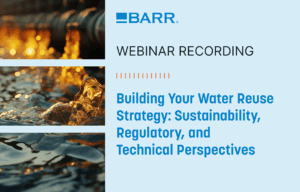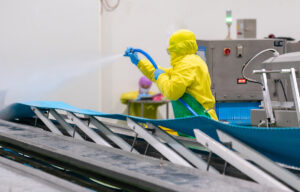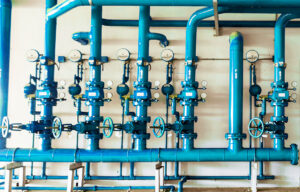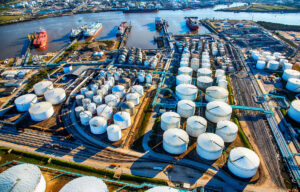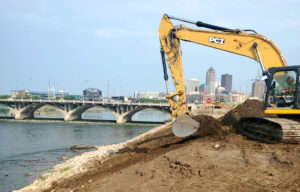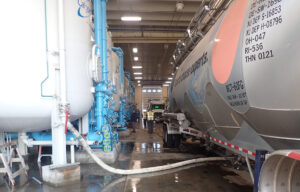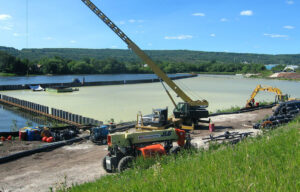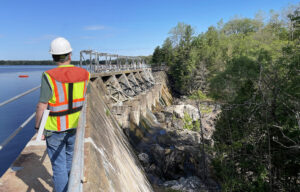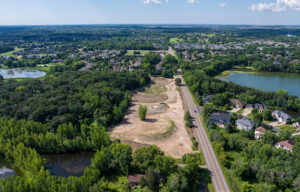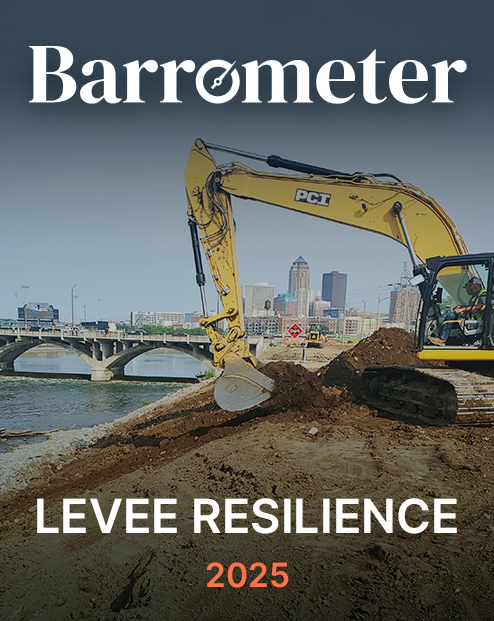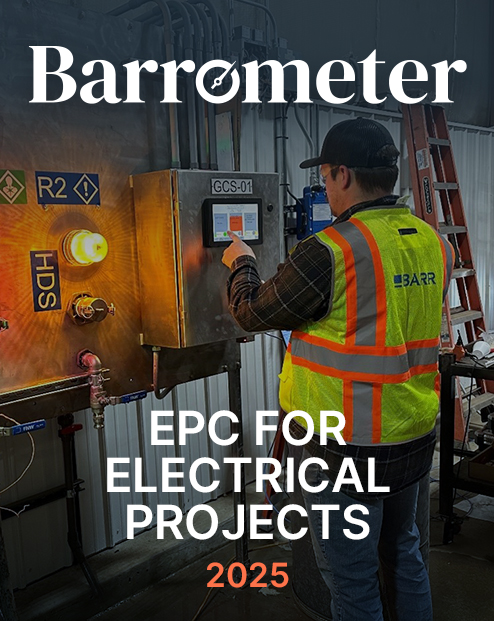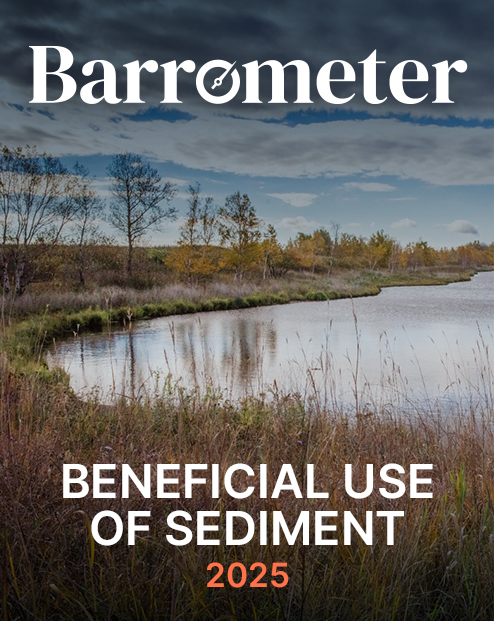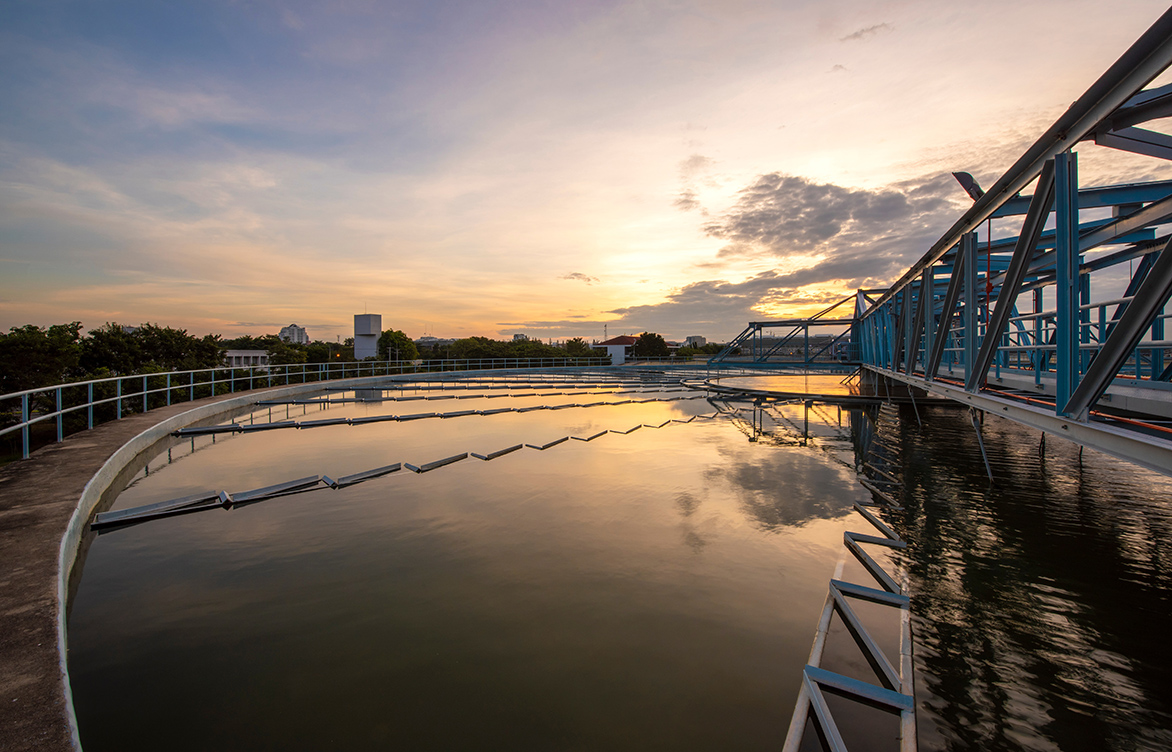 Are you ready to reuse water at your industrial facility? Barr can help you begin by identifying and evaluating reuse options that make industrial processing more resilient and water-efficient.
Are you ready to reuse water at your industrial facility? Barr can help you begin by identifying and evaluating reuse options that make industrial processing more resilient and water-efficient.
Envisioning reuse: The next chapter in the story of industrial water
Looking to explore industrial water reuse but unsure where to begin? Watch our water reuse webinar recording that will equip you for your next chapter.
We can’t undo many of the forces that threaten our water resources. But we can make more efficient use of what we have. Water reuse—capturing wastewater or stormwater, treating it, and applying it locally for other needs—will be a key piece to the supply puzzle by reducing demand on municipal and natural sources. For industrial operators experiencing rising water costs, facing potential shortages, or lowering environmental impacts, reuse is an effective way to reduce water withdrawals and diversify available sources to reach a more resilient future.
Despite its many benefits and enabling technologies, water reuse remains an emerging practice. Bluefield Research estimates that in the United States, only 6.4 percent of discharged wastewater is currently reused for industrial, irrigation, or municipal purposes. One reason is that conventional water management infrastructure was designed for discharging wastewater, not recycling it. And while water reuse is generally encouraged federally by the U.S. Environmental Protection Agency, current state-level guidance and regulations vary widely. Reusing industrial water therefore requires innovative ideas, new infrastructure, and a water management strategy tailored to location- and industry-specific constraints of regulation, space, and funding.
Where to begin
Water is critical to virtually any industrial process; these processes often involve many applications of water at multiple stages that produce wastewater of varying quality. Knowing when water can be captured and reused, how much, and for what purpose raises further questions of appropriate treatment standards and technologies, permitting, infrastructure needs, and—importantly—economic feasibility. To sort through this complexity, Barr helps industrial operators visualize their options through a critical exercise known as a water balance.
A water balance reveals the story of water as it flows through an industrial facility. It quantifies how much water enters the facility, how much is used in the industrial process, and how much leaves through evaporation and discharge. It also tracks water-quality changes along the way. The resulting story shows operators where in their process—whether it’s paper manufacturing or metal recycling or agricultural processing—water may be captured, treated, and used again.
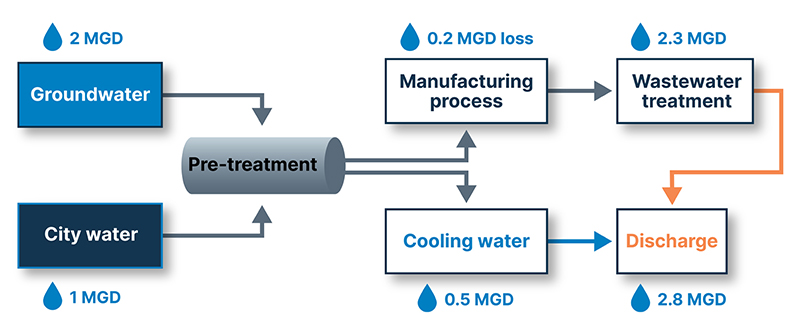
This is a collaborative exercise, with Barr’s water and wastewater treatment experts working with facility staff to collect and evaluate available water-use information from record drawings, operating procedures, water quality data, and flow data. If necessary, we help fill data gaps by installing temporary water meters to measure flows or conducting water-quality testing.

Options will surface
A complete water balance reveals opportunities for reuse. Perhaps wastewater from one process can be treated, then used in another. Perhaps enough condensate from steam can be captured and reused in a boiler for power generation. The water balance provides clarity that can allow us to dream big: We’ve helped clients see the possibility of capturing, treating, and reusing enough water to eliminate or significantly reduce the wastewater discharge from their facilities.
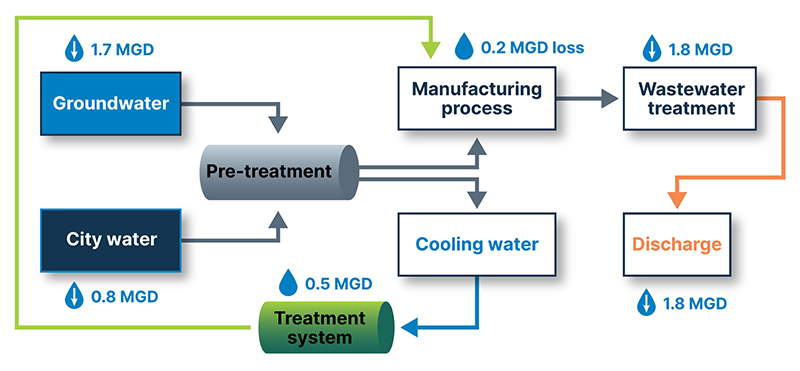
From opportunity to decision: Understanding feasibility
As possibilities emerge, we examine each from the perspectives of necessary treatment technologies and implementation costs—known as a technoeconomic analysis or TEA—helping operators understand what returns on their investment they could expect. Will reduced water withdrawal and/or discharge fees resulting from reuse yield long-term savings, considering the costs of implementation? Even if savings are minimal, some industrial users are motivated by environmental, social, and governance (ESG) goals. Will these options help them reach those goals? We also investigate regulatory implications, particularly if reusing water changes the quality of wastewater discharged from a facility, which may trigger additional treatment and permitting.
Having navigated the complexities and made a fully informed decision to pursue reuse, industrial operators can continue to look to Barr for everything from bench testing treatment options to full-scale design, start-up, and permitting for new water reuse systems.
Wherever you are in writing the next chapter of your industrial water story, we’ll meet you there, leveraging more than 50 years of experience to help you find and implement reuse solutions that meet your economic, regulatory, and ESG goals. Contact us to get started.
About the authors
Chad Haugen, senior process engineer, has over 10 years of experience in process engineering and a background in process safety management, water and wastewater treatment, mining, and energy audits. His expertise includes project management and process engineering support for existing and new systems. His work has varied from water and wastewater treatment system design and mine tailings system design to piloting projects, CAPEX & OPEX cost estimating, and R&D projects.
Bailey Hadnott, former environmental engineer at Barr, assisted organizations with environmental compliance, bench testing, technical analysis, and system design. She evaluated new or existing water and wastewater treatment systems, performed bench testing to model water and wastewater treatment systems, calculated mass balances, and performed feasibility studies. Her services also included preparing plans for compliance, spill prevention, and stormwater monitoring. Bailey also participated in preparing applications for new and reissued NPDES permits.



